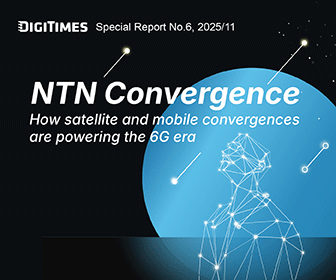During an unexpected impromptu event, Apple officially announced its latest PC processor chip series, the M3. Paired with the previously launched A17 Pro processor, this marks Apple's official entry into the 3nm generation.
For Apple, the M3 series has been brewing for quite some time, with rumors of its impending launch circulating since the second quarter of 2023. However, the decision to make this sudden announcement has led many to believe that this is aimed at suppressing Qualcomm's recent claims that its chips have the most powerful performance on the market.
With Qualcomm constantly promoting that the Snapdragon X Elite's performance is better than the M2 series, Apple chose to directly launch the M3 chip to prove it is still the frontrunner of the Arm PC market. In terms of allowing Apple to maintain its brand strength and image, this decision has had a positive impact.
Looking closely at the most significant innovations in the M3 chip, it still comes down to GPU architecture upgrades and the introduction of a new dynamic cache design. This results in a massive improvement in display rendering and real-time ray tracing effects. Market sources believe that the direction of Apple's design adjustments this time is well-placed. It addressed the past issue of its self-developed chip being less than impressive in GPU performance.
Apple making GPU enhancements to prepare for AI
Apple's enhancement of its GPU strength is set to improve the multimedia and various precision image application performance for future MacBook or Mac series. On top of that, it appears to be planning for the AI PC trend. After all, to run all sorts of generative AI applications, all three processing cores: CPU, GPU, and NPU are essential.
In terms of power consumption, while PCs are not as sensitive to power consumption and heat issues as smartphones, the M series has always emphasized excellent power efficiency as one of its competitive strengths. Naturally, Apple has heavily promoted the power efficiency of the M3 as well.
Compared to the M1 chip, the M3 chip requires only half the power to achieve the same level of performance, regardless of CPU or GPU. This indicates a significant upgrade in both the manufacturing process and architecture design. Apple specifically compares its chip to the "12-core processor" of a competitor. This 12-core process is speculated to be the new Snapdragon X Elite platform.
Industry experts stated that while the M3 models have not entered the market yet and actual testing hasn't been performed. However, the leaked benchmark scores and Apple's official data suggest that the M3's adoption of the 3nm upgrade seems to outperform the A17 Pro. This could be because PC chips have more flexibility in power consumption and efficiency requirement standards compared to smartphone chips.
Noticeable improvements of the M3 to potentially revitalize sales
If we compare the performance improvements of the M3 to the M2, both the CPU and GPU show at least a 20% increase. While that number may not seem very impressive, the current baseline for PC chip performance is already quite high, so a 20% improvement is already difficult to achieve.
From a marketing perspective, comparing the M3 to the M1 is the right strategy as well since most MacBook users have rather long replacement cycles and don't upgrade frequently. The target audience for M3 chip models will likely be current M1 chip model users. For these consumers, the upgrade will be noticeable.
For professional users, the decision to upgrade depends on their specific needs, with the primary focus being productivity improvement.
Industry observers believe that the sales of the MacBook series in 2023 have not performed much better than other brands, facing a similar bottleneck. This is primarily because the buying frenzy of the past few years has already satisfied the needs of most consumers.
Apple's decision to launch the M3 at this time is not only to assert its dominating position but also to stimulate market interest through competition. By attracting more consumer attention, Apple could potentially revitalize sales.




